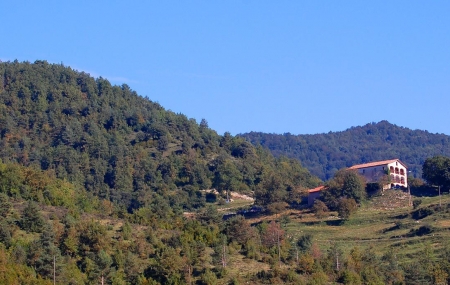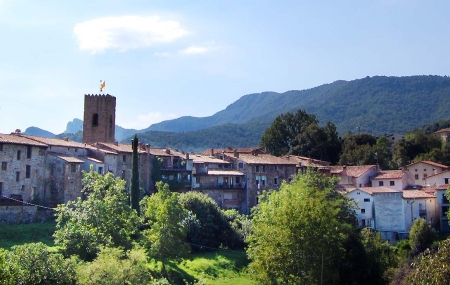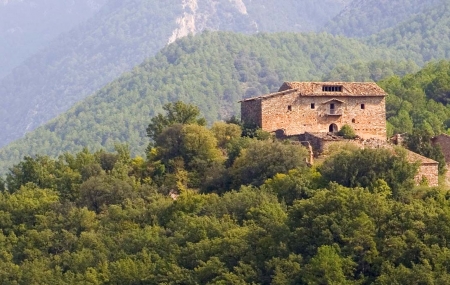A Catalonian delicacy: Girona truffles
Truffle hunting in Catalonia
The forests of Girona in northern Catalonia hide a culinary connoisseur’s treasure that the untrained amateur would never chance upon. To find the famous black truffles it takes expert knowledge – that and a smart dog.
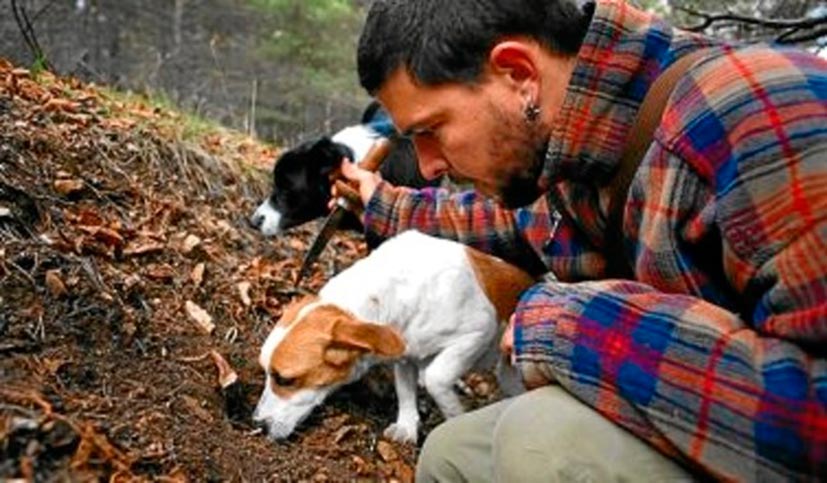
Every winter, some 500 hunter-gatherers comb the most promising copses and groves of north-east Spain in search of a delicacy that can sell for over 1,000 euros a kilo in Barcelona’s Boqueria Market.
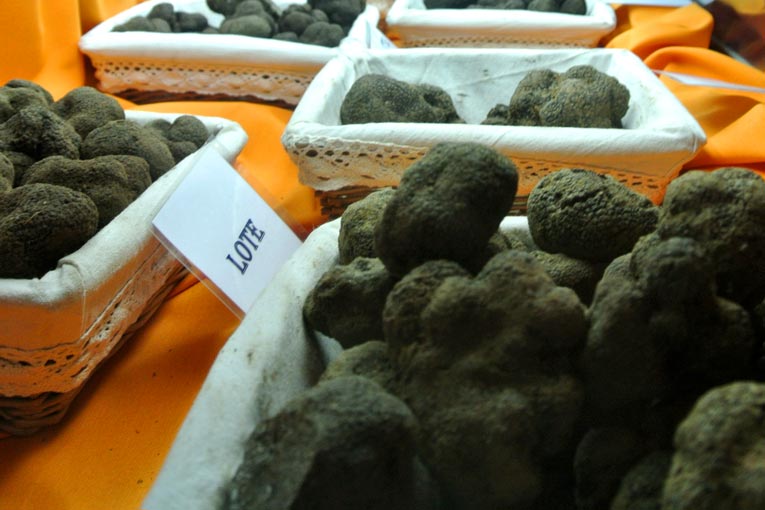
What is a truffle?
The truffle is a subterranean edible fungus that requires special conditions for its spores to take and reproduce. It needs good moisture but also warmth, and the right kind of tree – hazel, oak and holm oak – with which it forms a symbiotic relationship.
The fungus synthetizes minerals for the tree and the tree releases sugar to the truffle.
There are 70 types of truffle worldwide, but relatively few have the desired gastronomical excellence. The black Périgord variety is one of the most highly valued, second only value only to the white Piedmont truffle, which is not found in Spain.
How to hunt for truffles
First, you need a dog. And not just any old dog: a trained truffle hound costs upward of 1,000 euros. But it can sniff out the prized fungi at a hundred metres and, unlike the disobliging pigs used in France, it doesn’t need to be restrained from gobbling up the truffle. The dogs prefer a biscuit reward.
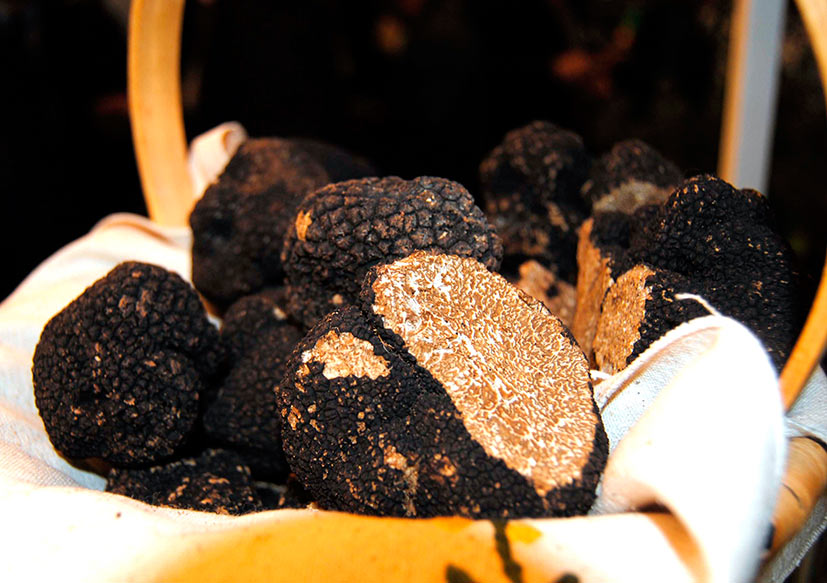
Next, patience: wait for the right season. Mid-November to mid-March is when the woodland earth is damp enough for the truffles to form and grow.
Then, choose your terrain. Here in Girona, it will be a wooded slope at an altitude between 500 and 1,500 metres, exposed to warm sunshine and watered with some 50 cm of rainfall during the winter months.
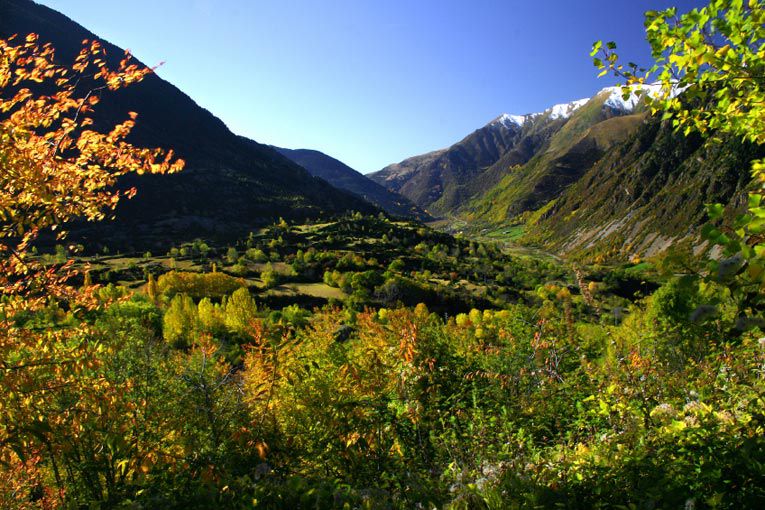
The soil must be loose and preferably chalky. A major clue as to which trees harbour the hidden living gems is an absence of undergrowth beneath them. The truffles absorb a lot of the soil’s moisture, killing off grass, so the ground looks quite bare.
Once your spotter hound has located a new find, carefully dig out the spot with a pointed trowel. Cup your hand around the rissole-like fungus and carefully pull it free of the tree root.
Afterwards, the experienced truffle hunter will carefully recover the patch with loosely layered soil and commit the spot to memory, returning to it months or even a year later for more.
Lastly, whether you intend to consume or hawk your wares, do it without delay. The delicate truffle be should be kept dry and very cool (0º - 2ºC) and reach the restaurant table within a week of picking to ensure full freshness and flavor.
The cash value of truffles has made it into an interesting complement to traditional agriculture for local people in Girona. With only 10% of the global truffle demand being met (France being the major importer), attempts are now being made to cultivate it.
Over 300 production hectares now exist in Catalonia, where selected strains of oak roots are inoculated with spores. Although can take up to seven years to persuade the fungi to take, the investment is ultimately worthwhile.
Truffles are the star turn at many a top-flight restaurant, where the strong, exquisite aroma is used to good effect with egg, pasta, shrimp and meat dishes, soups, sauces, salads and ice cream. Flavoursome oils represent another successful combination.
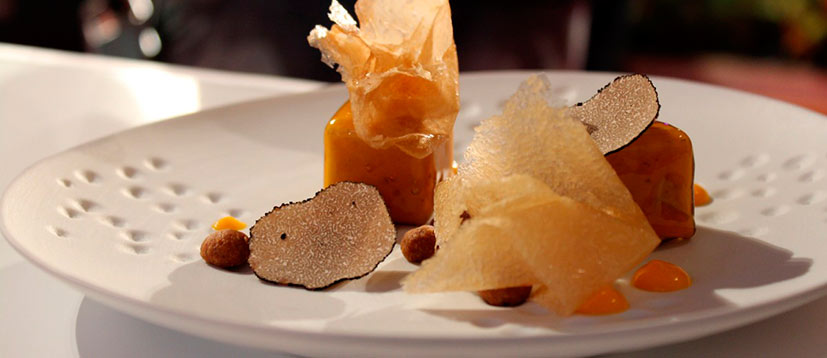
Photo source: eladerezo.com



